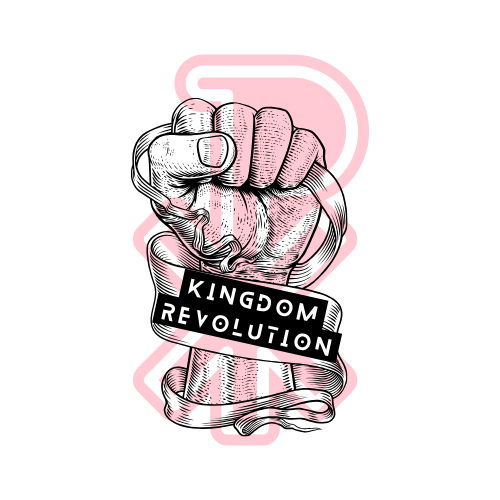Drug addiction, also called Substance Use Disorder, can be defined as a chronic, relapsing brain disorder characterized by compulsive behaviour regardless of negative consequences.
I’ve heard it said and totally agree with the sentiment that no one wants to be a drug addict. No one chooses to be addicted – although we do choose to stay addicted.
A lot of the time it was an amalgamation of situations and circumstance that kept us bound to this self-destructive way of life. Therefore, in treating addiction we realize that the substance is only a symptom and that a more holistic approach is necessary in finding a new way forward.
Addiction or SUD is a disease that affects a persons brain and therefore their behaviour leading to an inability to control their use of legal as well as illegal drugs or medications.
A lot of the time addiction starts with experimentation, exposure in a social setting, and progresses from there. The drug use often increases and becomes more frequent from there.
For others, particularly with medications such as opiates or benzos, it starts with a prescription, or receiving the substance from a friend or relative who was prescribed the medication.
Substance Use Disorder often falls into four major categories: Impaired Control, Social Impairment, Risky Use and Pharmacological Criteria (tolerance and withdrawal).
The new version of the DSM categorizes substance use disorder into mild, moderate and severe and offers the following criteria. Those who meet two to three are considered to have a mild disorder, four or five is moderate and six or more indicates a severe disorder.
1. The substance is often taken in larger amounts and.or over a longer period than was intended by the individual.
2. There is a persistent desire or unsuccessful effort to cut down or control the use of the substance.
3. A great deal of time is spent in activities necessary to obtain or use the substance or to recover from its effects.
4. Craving, a strong desire or urge to use the substance, occurs.
5. Recurrent use of the substance results in failure to fulfill major role obligations at work, school or home.
6. Use of the substance continues despite having persistent or recurrent social or interpersonal problems caused or exacerbated by the effects of its use.
7. Important social, occupational or recreational activities are given up or reduced because of the substance.
8. Use of the substance is recurrent in situations in which it is physically hazardous.
9. Use of the substance is continued despite knowledge of having physical or psychological consequences likely caused or exacerbated by the substance itself.
10. Tolerance as defined by either of the following: (a) A need for markedly increased amounts of the substance to achieve intoxication or desired effect (eg. Euphoria, relief etc) and/or (b) a markedly diminished effect with continued use of the same amount of the substance in question.
11. Withdrawal as either the characterisic withdrawal syndrome for that substance(as specified in the DSM-5) or the use of a substance or substitute to relieve or avoid withdrawal symptoms.
If you or a loved one meet this criteria, there is hope.
There are many organizations and fellowships who can help, and getting help is the first step towards moving forward. We often can’t do this alone.
I needed lots of help – a solid support system – and it saved my life.
From personal experience I can say that the hardest part for me was the compulsive and uncontrolled use despite the consequences – the negative and hazardous effect it was having on my mind, my body and those around me.
Narcotics Anonymous likes to say that active addiction only leads to jails, institutions or death. I’m pretty sure that is where my life was headed. And if it wasn’t for these fellowships and the love of my family, fellow recovery community and church I definitely would’ve ended up in one of those three places.
IF YOU OR A LOVED ONE ARE STRUGGLING WITH ADDICTION PLEASE REACH OUT: 065 370 3806 / ANDRE@ADLABUSCHAGNE.CO.ZA. #YOUARENOTALONE

